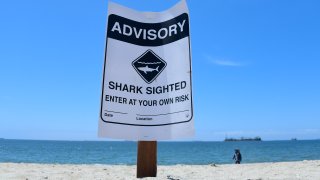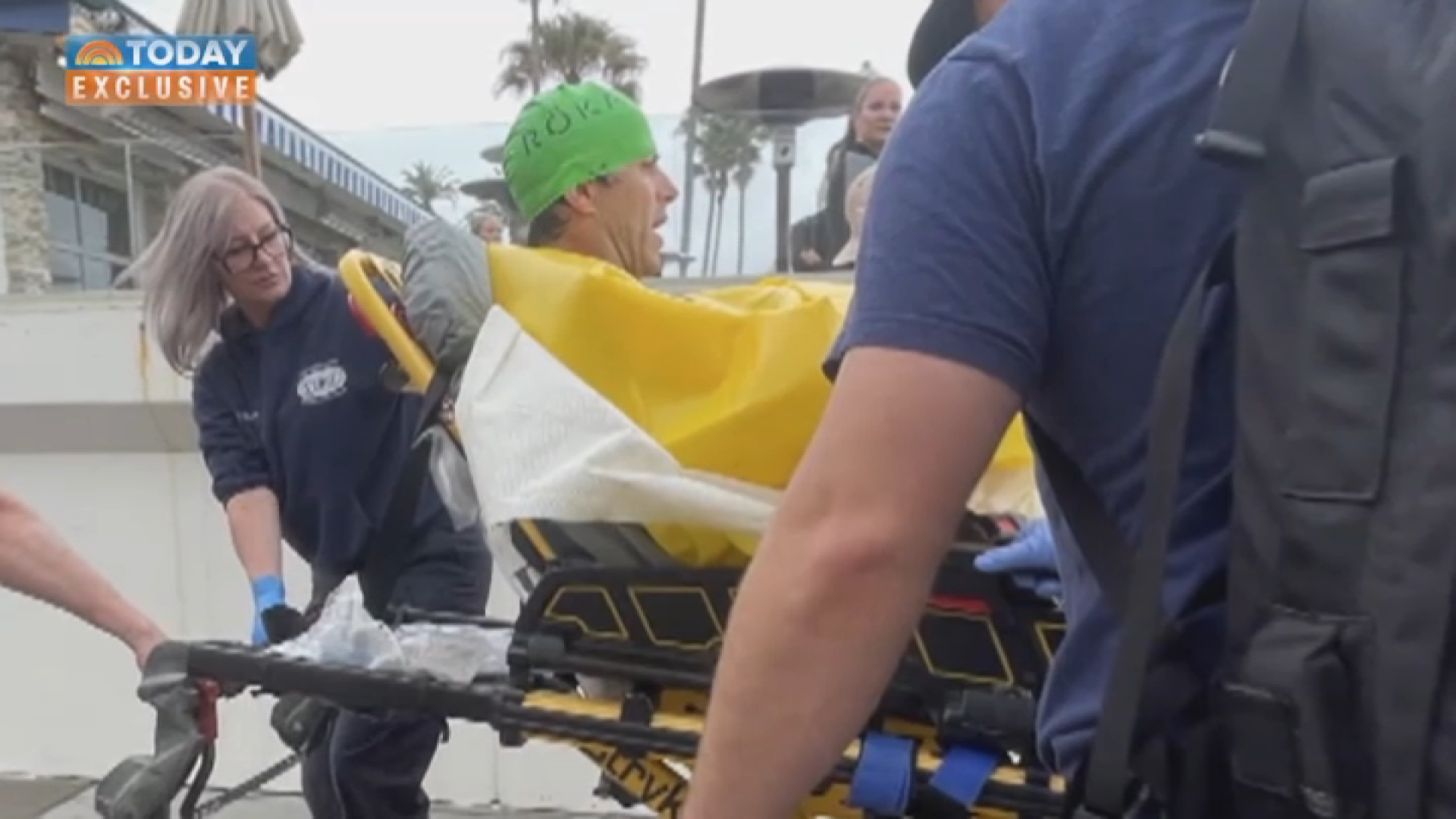
A shark was spotted close to shore Tuesday at Torrey Pines State Beach, prompting lifeguards to post shark advisory signs at the beach.
The 10-foot-long shark was spotted about 100 yards from shore near lifeguard tower 6 around 11 a.m. Tuesday, Jorge Moreno, spokesperson for California State Parks said. The exact species of shark was not disclosed but Torrey Pines is home to a large great white shark nursery.
The shark didn't interact with swimmers or surfers and was not acting aggressively, and warning signs were posted along the shore for 24 hours as a precaution, Moreno said.
Marine Life
329 medal events. 32 sports. Endless drama. Catch all the action at the Paris Olympics. Sign up for our free Olympics Headlines newsletter.
Shark sightings are not unusual in San Diego County, but encounters between sharks and humans are rare.
"State Parks would like to remind visitors that sharks are an important part of the coastal ecosystem and that interactions between humans and sharks are rare along the coast of Southern California," Jorge Moreno said.
Research released from Cal State Long Beach's Shark Lab last year found, most of the time, beachgoers are in shark-infested waters even if they don't know it.
Shark Lab researchers tracked the great whites with drones flying over 24 California beaches during a two-year study. They discovered juvenile sharks between the ages of 1-5 were present 97% of the time near people off San Diego and Santa Barbara. They said drone footage regularly found sharks within 100 yards of people.
While rare, shark bites do happen, although experts say the animal does not target humans specifically.
Just over a month ago, a shark bit Caleb Adams, 46, while he was swimming with a group in Del Mar.
Zach Merson, a Shark Lab Field Technician at the Shark Lab, who was using DNA technology to track sharks in the area, said the attack could have happened out of curiosity.
"Sharks don’t have hands like we do, so when they encounter unknown objects in their territory, they have to investigate using their mouth," Merson said. "So we see them occasionally bite things like kelp and buoys, and we think that’s just some investigative behavior. And unfortunately, an 8- or 9-foot shark taking an investigative bite can be of medical significance to a human."
Editor's Note: California State Parks corrected their information to say the shark was sighted in Tuesday, not Wednesday. This story has also been corrected.




